Color Palettes: The Honourable John Maler Collier (1850-1934): "
Today, those familiar with artist John Collier know him most for his theatrical images of
femme fatales or for his
Pre-Rephaelite-based scenes of Greco-Roman and British mythology. His painting of the legendary
Lady Godiva has become a well-recognized poster and print, and his depiction of Adam's first wife, the rebellious
Lilith, has become the quintessential representation of this feminist movement symbol. But to classify Collier's art based upon such paintings would greatly misrepresent his career; his paintings done in these genres were considered rather mediocre, and, in truth, make up the smallest portion of Collier's lifetime of artistic output.
As a beginning student, an artist must first of all learn to represent faithfully any object that he has before him. The man who can do it is a painter; the man who cannot do it is not one. ~ John Collier¹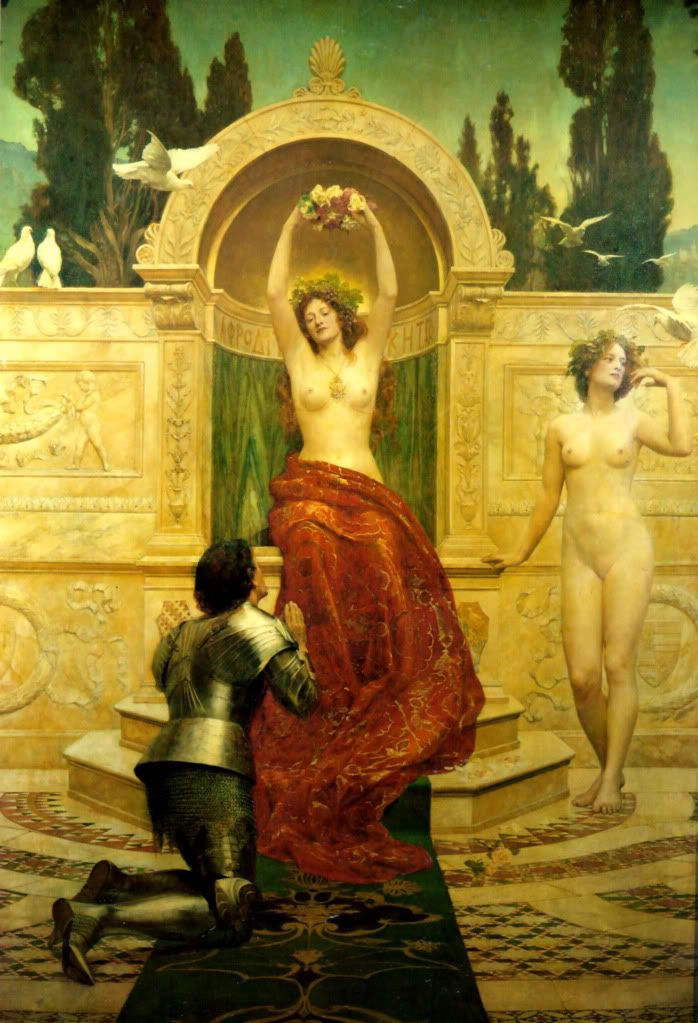
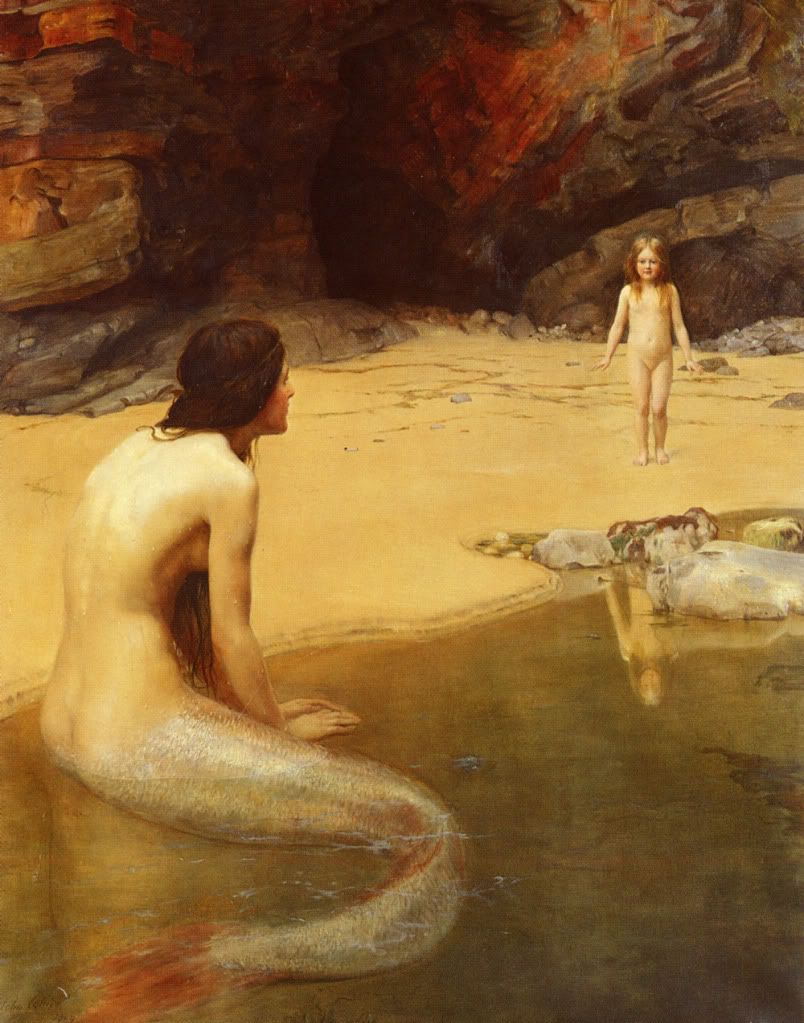
Though it is not surprising that a Victorian Era artist would be a member of a wealthy family, it is somewhat unexpected to most that a gentleman with Collier's background would chose for himself such a profession. Collier's grandfather was a successful Quaker merchant who became a Member of Parliament; Collier's father, Robert, was an eminent, full-time judge of the Privy Council, Attorney General, Member of Parliament, and the first Lord Monkswell. The artist's elder brother, the eventual second Lord Monkswell, was Under Secretary of State for War and the Chairman of the London County Council. John Collier, perhaps in a similar vein, was inclined to join the Diplomatic Service, but, after four years at Eton, and some time spent abroad studying French and German, he approached his father, and announced his change of intent, explaining his desire to become a painter. Rather than balk at the idea, Collier's father, who, in addition to his already listed achievements, was an amateur painter and member of the Royal Society of British Artists, supported his younger child's decision by using his considerable social standing to arrange a meeting for his son with the famous
Sir Lawrence Alma-Tadema.
The painter who knows his business will not, with some few exceptions, waste his time in giving instruction, and the instruction gained from a painter who does not know his business is worse than useless. ~ John Collier¹
Unfortunately, Alma-Tadema refused to accept Collier as a pupil; the Dutch artist, by this time in his career, preferred to maintain his position as a working artist, not a teacher.² Instead, Collier attended the
Slade School in London, where he studied under
Sir Edward John Poynter, and later, the
École des Beaux Arts in Paris where he was in the classes of
Jean-Paul Laurens. By the age of twenty-five, Collier sought to further broaden his education by enrolling in the
Munich Academy of Fine Arts, perhaps at the suggestion of Alma-Tadema, who had a connection with the German school.
Although Alma-Tadema never officially took on the young artist as a student, his continued contact with Collier had a lasting impact on the man's career. Whether the relationship was initially based upon mutual respect, or on the older artist's savvy in courting the Lord Monkswell as a patron is not entirely clear. Over the years, there does appear to be a genuine fondness which grew between the two men; near to the time Collier was entering the Munich Academy, Alma-Tadema gifted him with a landscape he painted outside Munster in 1874³, and in 1890, Collier named his firstborn son,
Laurence, in honor of Alma-Tadema.⁴
It matters not what kind of figure-pictures he [the artist] wishes to paint, he will never be able to draw the figure properly, whether draped or otherwise, unless he has gone through a preliminary course of study from the nude. ~ John Collier¹
 |
Sir Lawrence Alma-Tadema, The Sculptor's Model, 1877
|
In 1877, Collier secured a rare opportunity when his father arranged to purchase a picture from Alma-Tadema in exchange for allowing the younger man the privilege of observing the creation of the work. The piece Alma-Tadema produced was
A Sculptor's Model, a full-frontal nude which may have been conceived as a tutorial in flesh painting. The picture was based upon the Greco-Roman statue,
Venus Esquilina, but its size, realism, and directness of pose made the painting controversial, despite its image being thinly veiled in classical respectability.⁵ Although
A Sculptor's Model was shocking to many in Victorian society, the art critic
Carel Vosmaer (1826-1888) declared the painting to be one of Alma-Tadema's greatest creations.⁶ Collier and his family certainly appreciated the picture; it has remained in the family's possession until the present day.
When it came time for Collier to establish the colors of his palette, it was only natural that he would emulate his mentor and employ the same colors as did
Alma-Tadema. Those colors, as disclosed by Collier in his book,
A Primer of Art, included brown ochre, yellow ochre, naples yellow, white, orange vermilion, light red, Chinese vermilion, rose madder, burnt sienna, emerald oxide of chromium, cobalt, and ivory black. Collier also regularly used Vandyke brown, his one addition to Alma-Tadema's palette, and on occasion, when trying to replicate certain yellows and greens in nature, he employed a pale cadmium.⁷
Collier first received widespread acclaim with so-called "problem pictures." In such paintings, popularized during the late Victorian period, viewers were presented with deliberately ambiguous, narrative works, and were expected to draw their own conclusion as to what was the actual story behind the dilemma portrayed.⁸ Though Collier's paintings such as
The Death Sentence,
The Return of the Prodigal, and
The Fallen Idol were well-liked examples of this genre, the artist always insisted that such works merely depicted the little tragedies of modern life, and that he always endeavored to make the meanings of these pictures perfectly clear. "Problem picture" was a term that the artist himself greatly disliked.⁹
The artist should struggle... to prevent his sitter from being bored. This is one of the great difficulties of portrait painting, and can in most cases be best met by encouraging the sitter to talk... ~ John Collier¹
Despite the popular success of his narrative works, it was in the area of portraiture that John Collier made his greatest contribution to the field of art. At the
Royal Society of Portrait Painters, of which he was one of the original twenty-four founders and the first Vice-President, Collier showed no fewer than 165 portraits between the association's founding in 1891, and the his death in 1934.¹⁰ As one of the most fashionable portraitists of the Victorian and Edwardian eras, his paintings were always in high demand. Sitters for Collier included doctors, professors, actors, Maharajahs, politicos, soldiers, scientists, lawyers, clergymen, and British royalty, and sixteen of his celebrated portraits are now in the collection of the National Portrait Gallery in London. Collier's adherence to Nature and truthful, accurate representation, earned him posthumous criticism,¹¹ but those same standards, when applied to portraiture rather than allegorical works, made of Collier a wealthy and successful artist in his time.

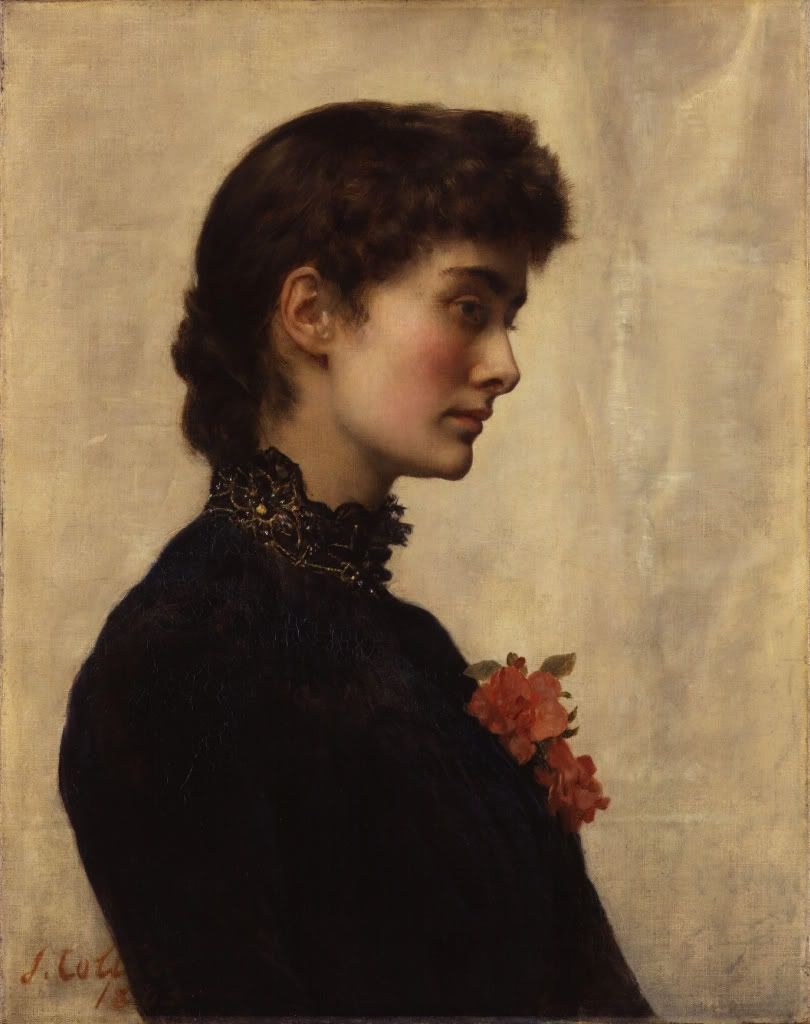

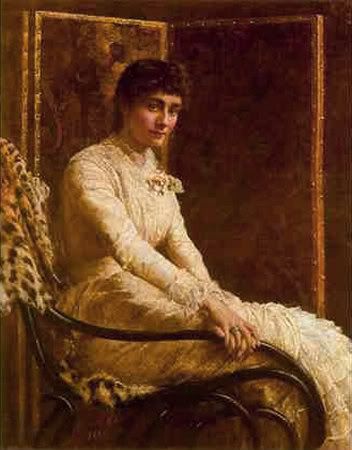
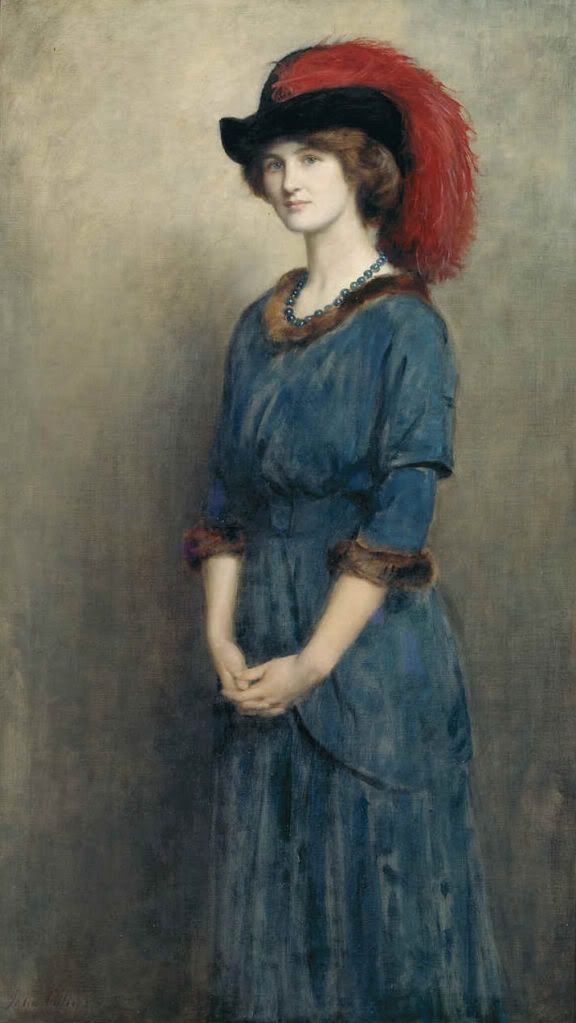

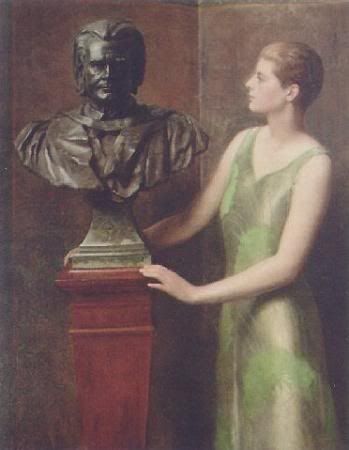



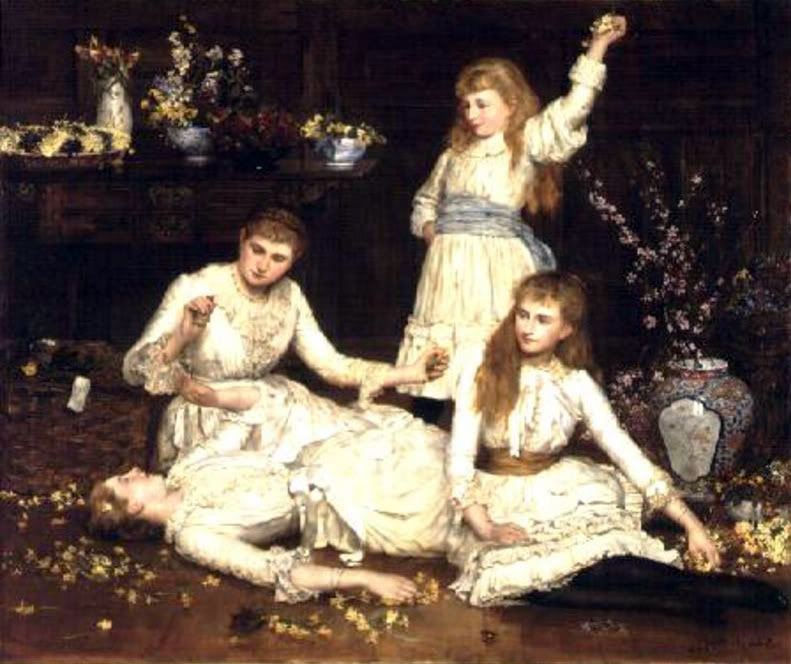
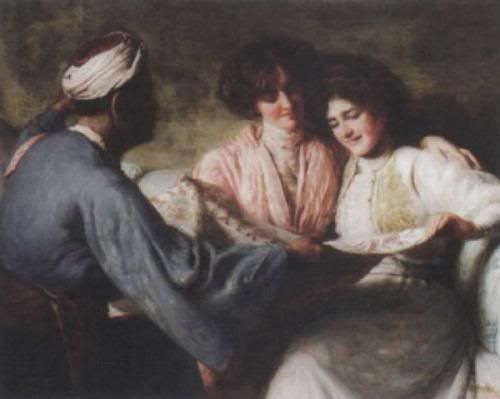
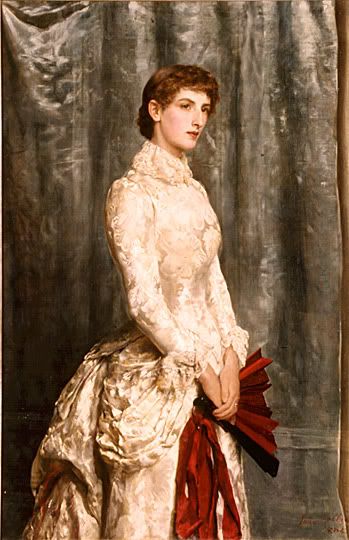
If the sitter will not talk, the next best plan is to get someone to read to him; but amused he must be at all costs, or the portrait will inevitably reflect the patient misery of the subject. ~ John Collier¹
With the prosperity gained from his painting, Collier was able to have built a large house and studio on Tite Street in Chelsea.¹² That building, designed by Collier's brother-in-law, the Gloucester architect Frederick Waller¹³, still stands today, and possesses features peculiar to the working space of an affluent, working painter. In addition to a curtained alcove especially built as a changing room for the artist's hired models, there was a long, narrow trap door situated in the studio floor allowing Collier to lower his large, annual picture-of-the-year to street level, and from there be delivered to the Royal Academy, at which the artist was a regular contributor.
It is odd today to think that Collier might be well remembered for his picture of
Lilith, who in Jewish folklore was Adam's first wife in the Garden of Eden, but who refused to become subservient to Adam and left paradise after mating instead with the archangel Samael.¹⁴ As a female religious figure with an independent spirit, she has come to represent not only feminism, but to figure strongly in the beliefs of
Wicca, a duotheistic religion. For Collier, she likely held no religious significance, other than using the character's history to illustrate the
femme fatale so popular in
fin-de-siècle Victorian Britain. Collier was an agnostic like his father-in-law, the well-known biologist and staunch supporter of Charles Darwin,
Thomas Henry Huxley, and as such, had little time for religion. In his book, The Religion of an Artist (1926), Collier expressed that he was "concerned with ethics apart from religion," and looked forward to a time "when ethics will have taken the place of religion." To Collier, the benefits of religion could be attained by other means which were less conducive to strife and which put less strain upon the reasoning faculties.¹⁵ Were Collier to know that his painting is used so closely in relation with contemporary religious beliefs, at best, he might be amused, but it is also quite likely he would be enraged.
I have so often expressed my views on modern art that I have not anything to say on it. If I did, it would be quite unprintable. ~ John Collier (from a letter written in the 1930s)¹⁶
Unfortunately, John Collier, like so many of his contemporaries, outlived the public's interest in his art. In his obituary from the April 12th edition of
The Times, it was even questioned if the 84 year-old-man had even been an artist; such was the popular dislike for "truthful" and "accurate" representational art at that time.¹⁷ Shortly thereafter, the artist fell into relative obscurity until the resurgence of interest in Pre-Raphaelite art near the end of the twentieth century. How odd that the few paintings Collier did in that genre would be the works which would revive interest in his illustrious career.
It is a melancholy fact that more nonsense can be talked about art than about any other subject, and writers of treatises on painting, from the great Leonardo downwards, have not been slow to avail themselves of this privilege.¹
John Collier wrote several books on art, all of which can still be found, some as reprints, some online, and others from used book resources.
A Primer of Art, 1882.
A Manual of Oil Painting, 1886.
The Art of Portrait Painting, 1905.
The Religion of an Artist, 1926.
------------------------------------------------------------
¹Robert Genn, editor.
John Collier Art Quotes. Retrieved September 6, 2010 from [http://quote.robertgenn.com/auth_search.php?authid=5328].
²R.J. Barrow,
Lawrence Alma-Tadema, (Phaidon Press, Inc., New York, 2001), p. 89.
³Barrow 104
⁴
Sir Lawrence Alma-Tadema. Retrieved September 6, 2010 from [http://www.leicestergalleries.co.uk/art-and-antiques/detail/12462].
⁵Barrow, p. 89.
⁶
Sir Lawrence Alma-Tadema. Retrieved September 6, 2010 from [http://www.leicestergalleries.co.uk/art-and-antiques/detail/12462].
⁷John Coller,
A Primer of Art, (MacMillan and Co., London, 1882.), pp. 54-55.
⁸
Problem Picture. Retrieved September 6, 2010 from [http://en.wikipedia.org/wiki/Problem_Picture].
⁹
Stories in Pictures (Obituary in The Times 12th April 1934). Retrieved September 6, 2010 from [www.artrenewal.org/pages/artist.php?artistid=706].
¹⁰
John Collier. Retrieved September 6, 2010 from [http://www.artinthepicture.com/artists/John_Collier/Biography/].
¹¹
Stories in Pictures (Obituary in The Times 12th April 1934). Retrieved September 6, 2010 from [www.artrenewal.org/pages/artist.php?artistid=706].
¹²Christopher Wood,
Victorian Painting, (Little, Brown and Company, New York, 1999), p. 231.
¹³
More House 52, Chelsea. Retrieved September 6, 2010 from [http://www.britishlistedbuildings.co.uk/en-425736-more-house-52-chelsea].
¹⁴
Lilith. Retrieved September 6, 2010 from [http://en.wikipedia.org/wiki/Lilith].
¹⁵
John Collier: Views on Ethics and Religion. Retrieved September 6, 2010 from [http://viswiki.com/en/John_Collier_(artist)].
¹⁶
The Honourable John Collier (1850-1934). Retrieved September 6, 2010 from [http://www.midnight-muse.com/1collier.htm].
¹⁷
Stories in Pictures (Obituary in The Times 12th April 1934). Retrieved September 6, 2010 from [www.artrenewal.org/pages/artist.php?artistid=706].
"







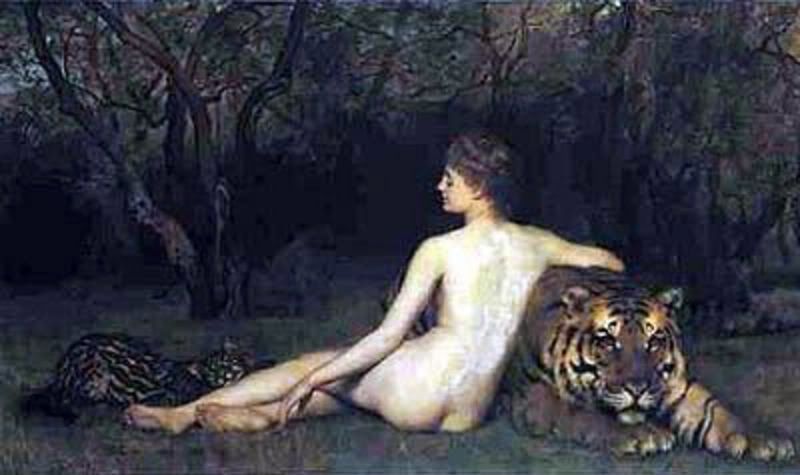
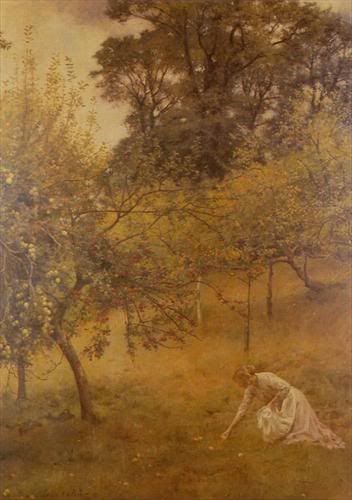




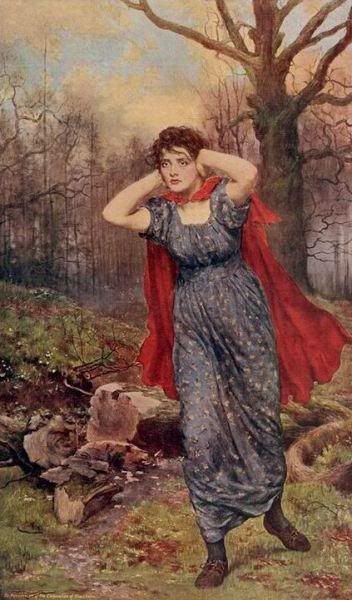


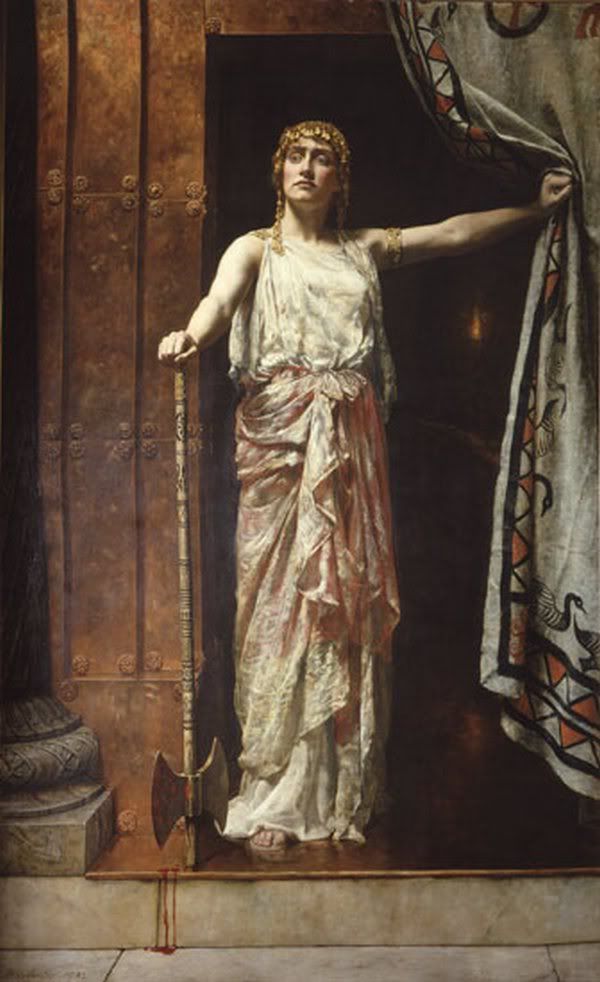

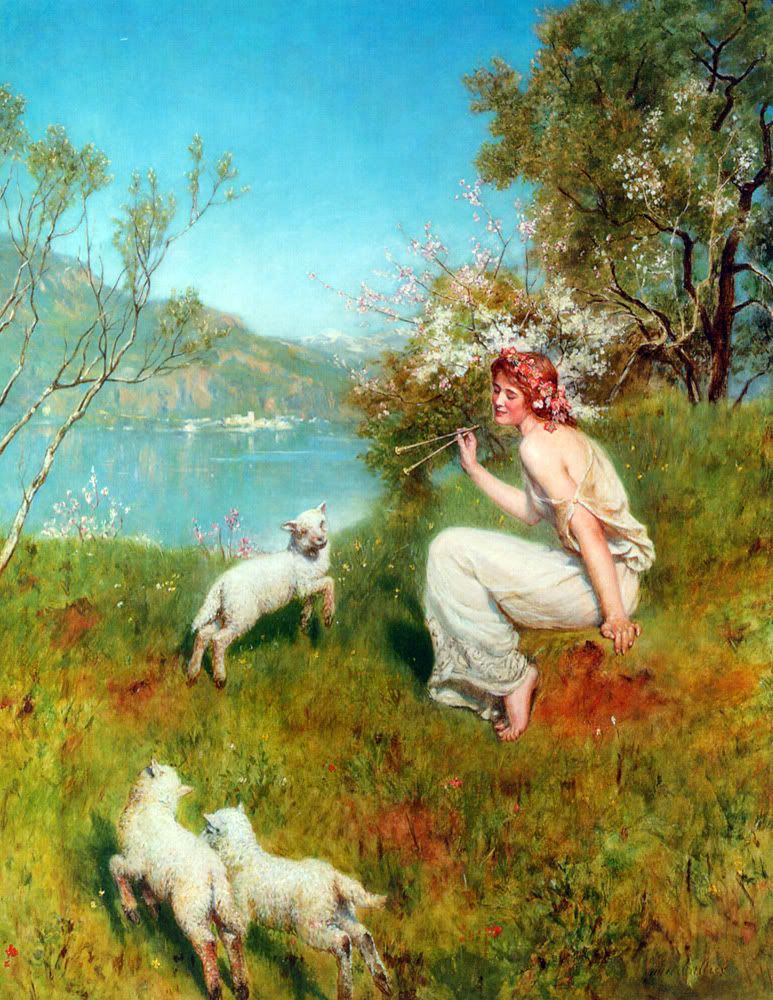
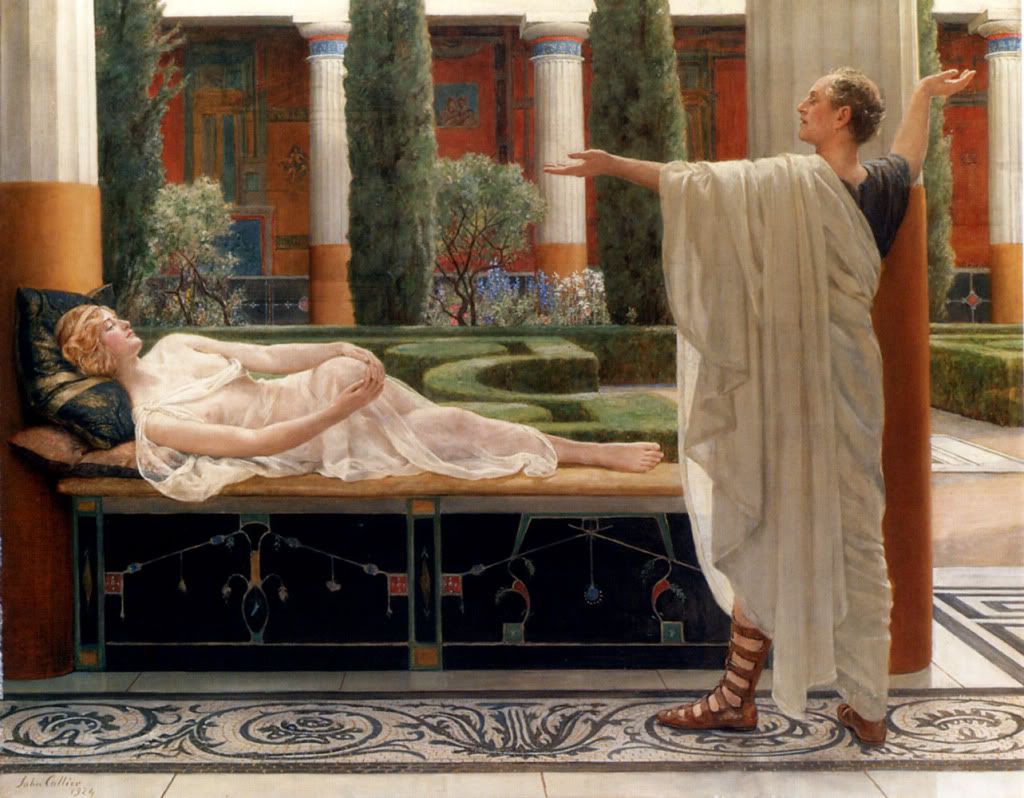
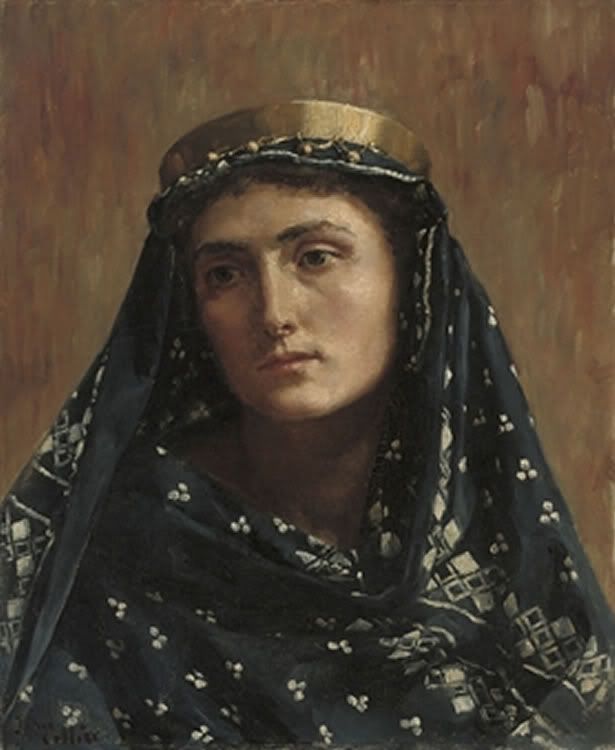



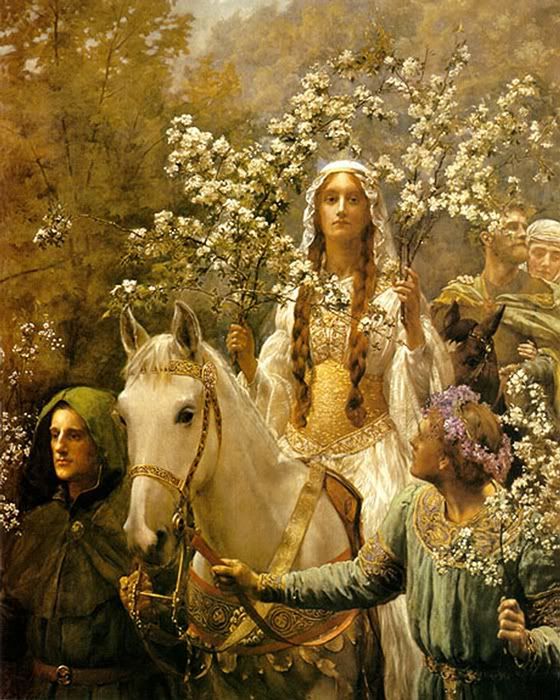
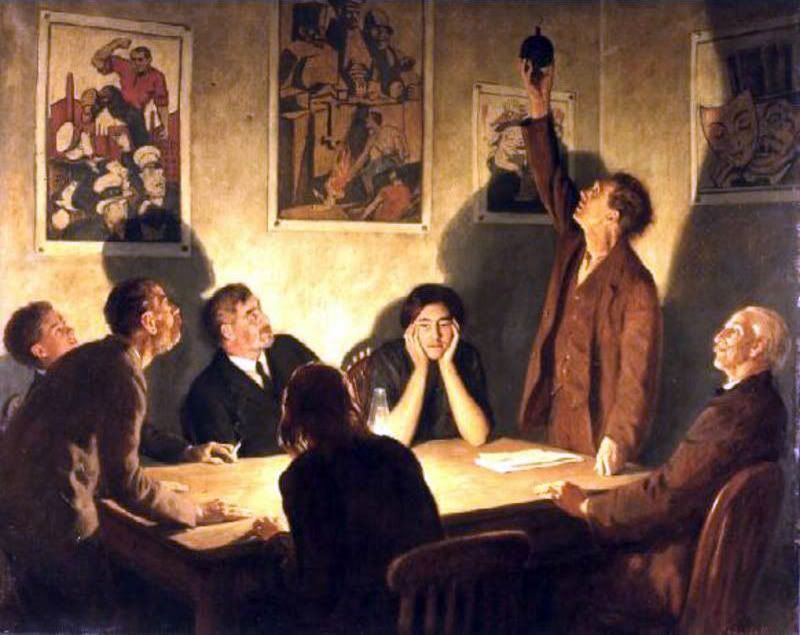
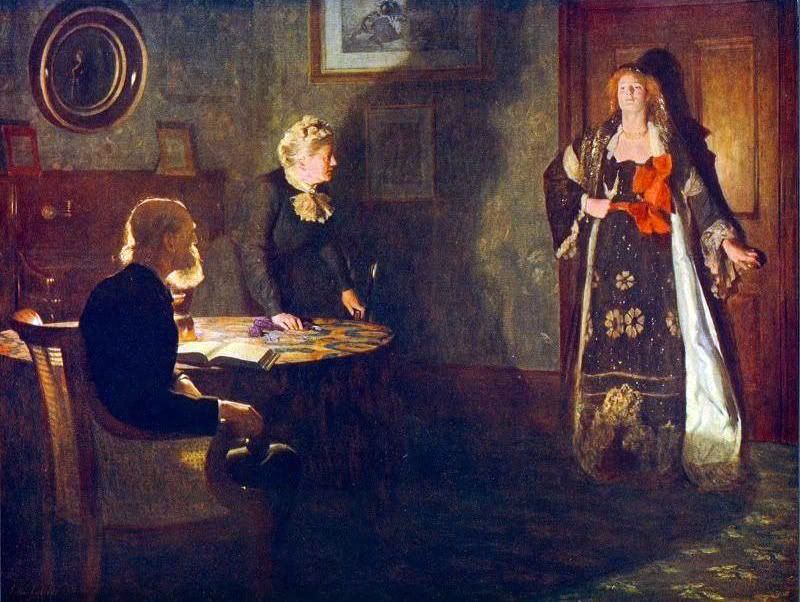
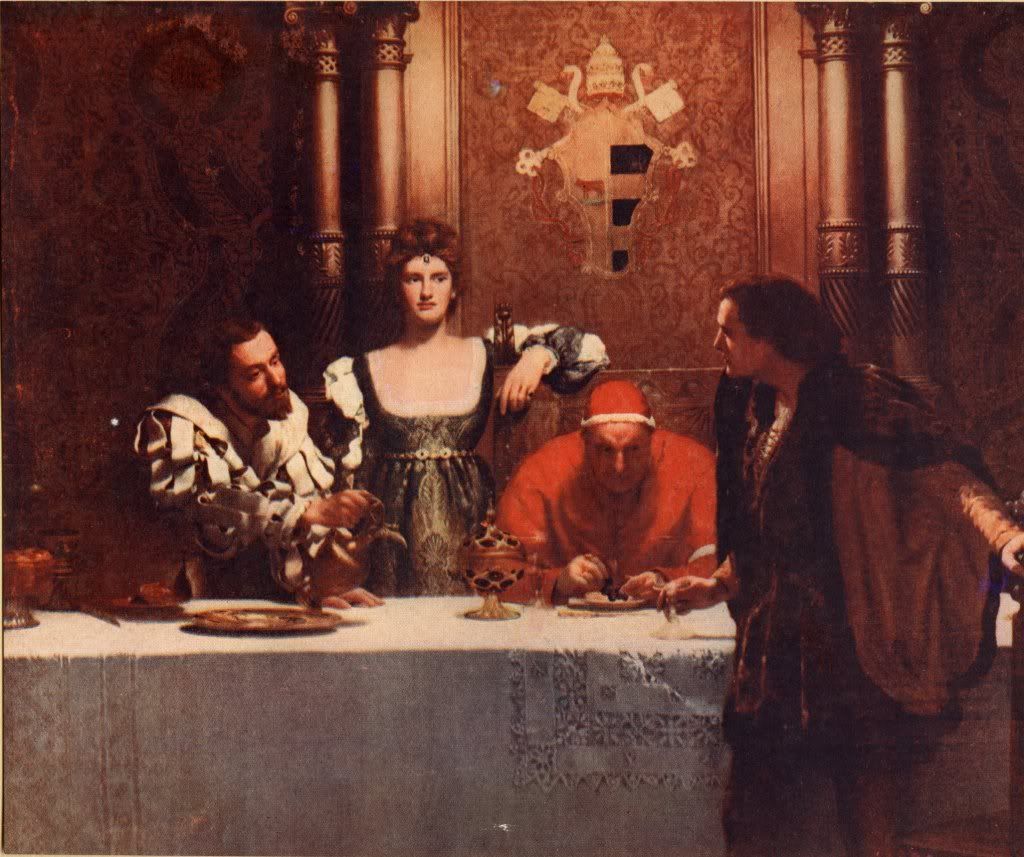



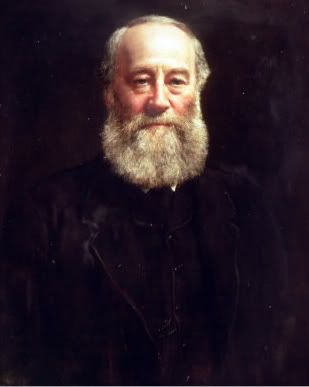



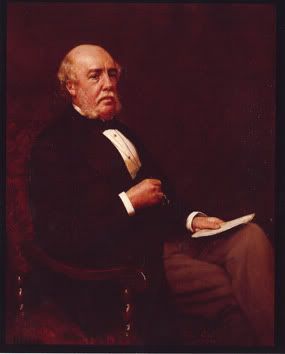
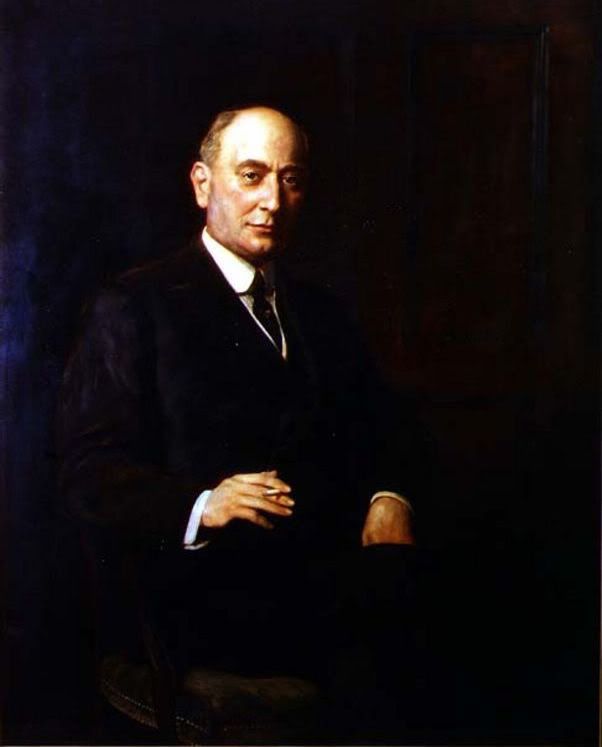
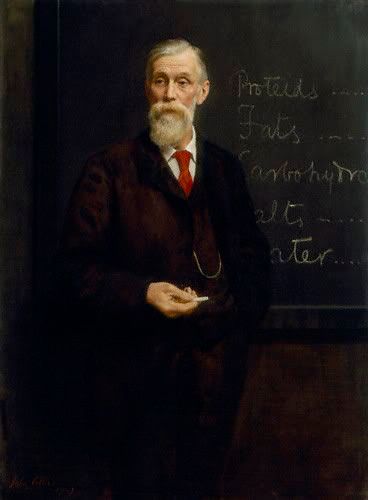
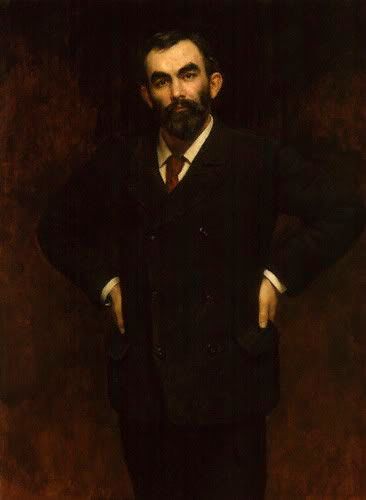















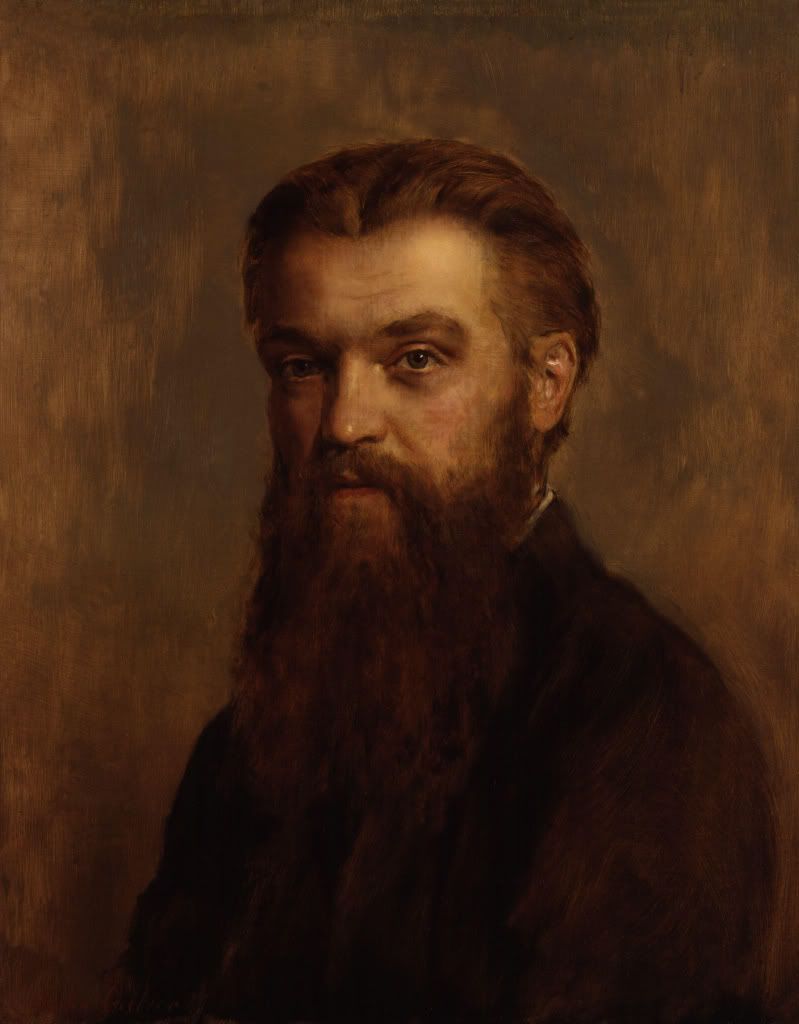
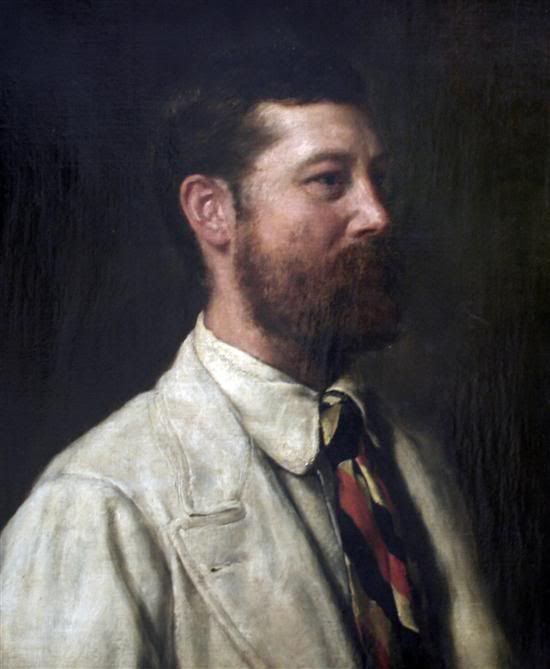

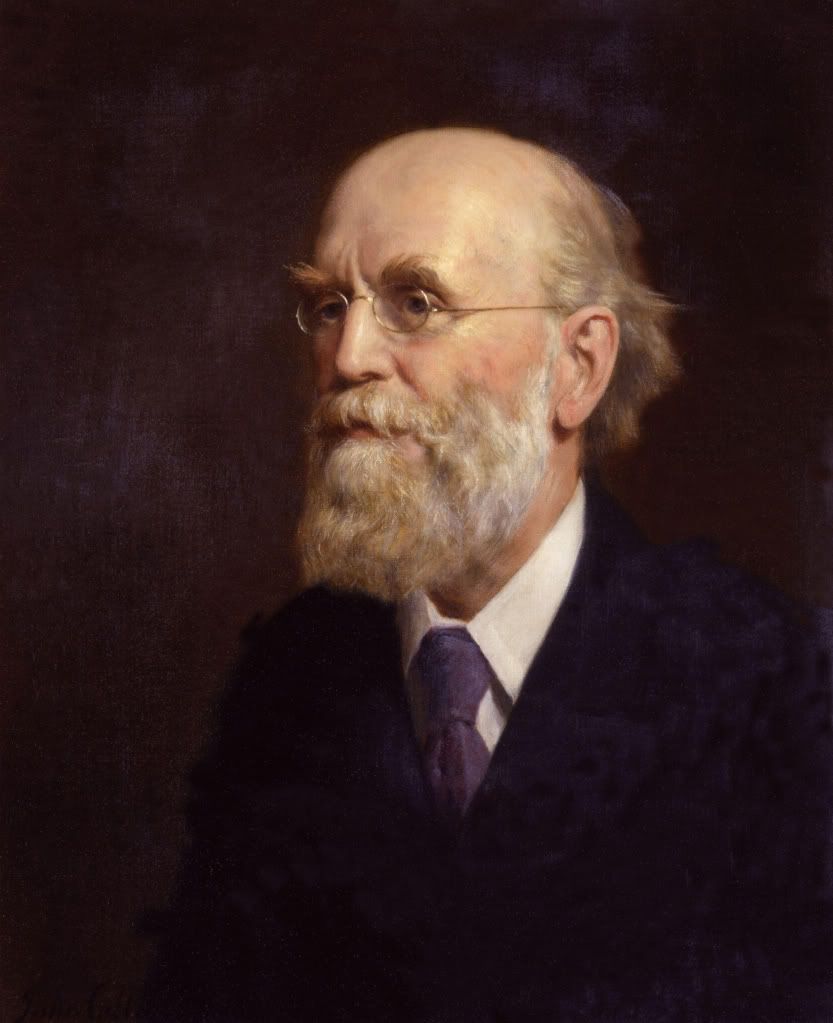
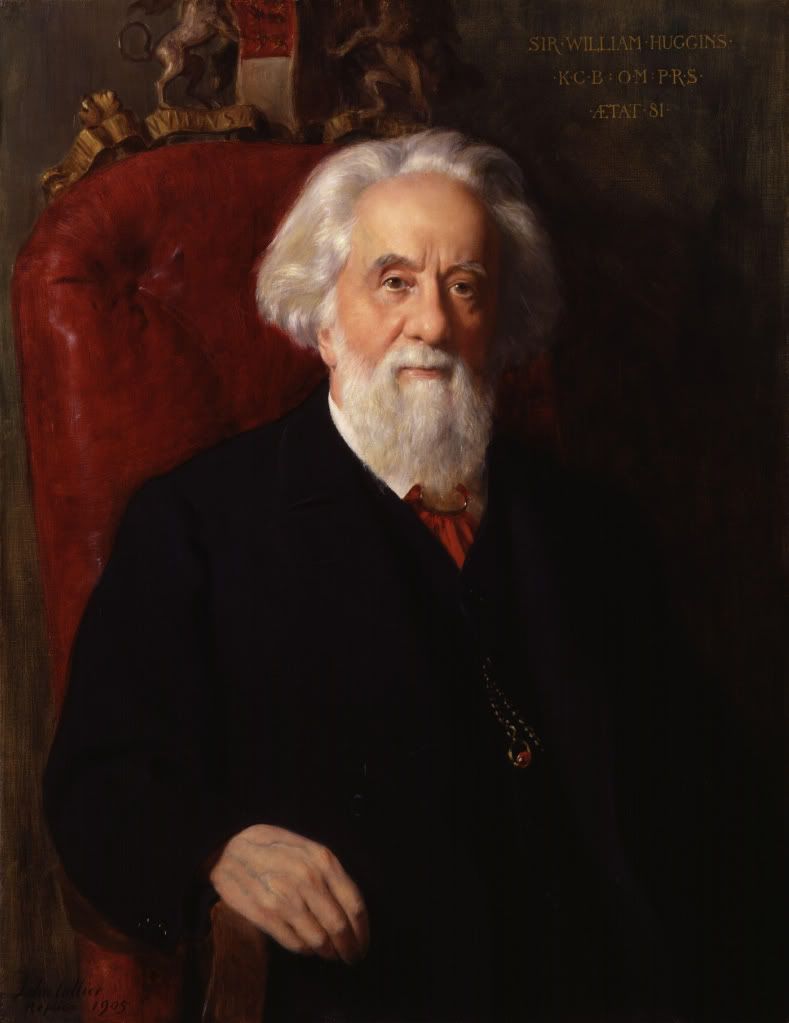



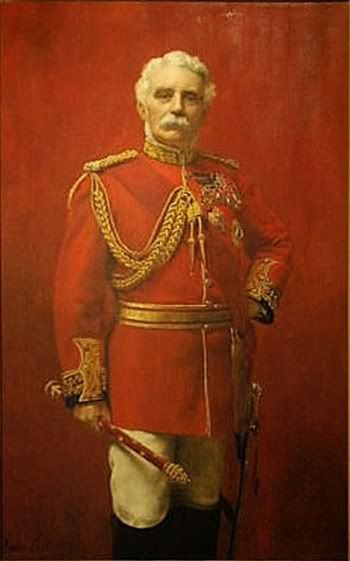
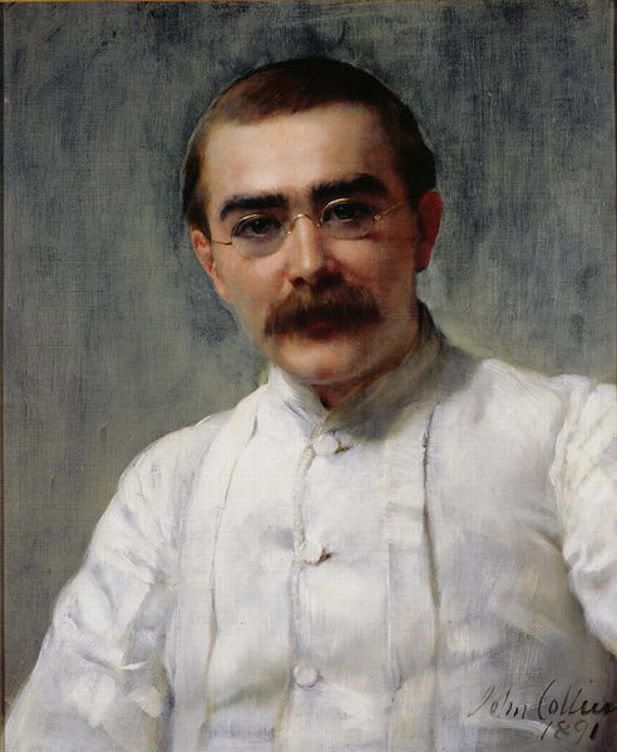
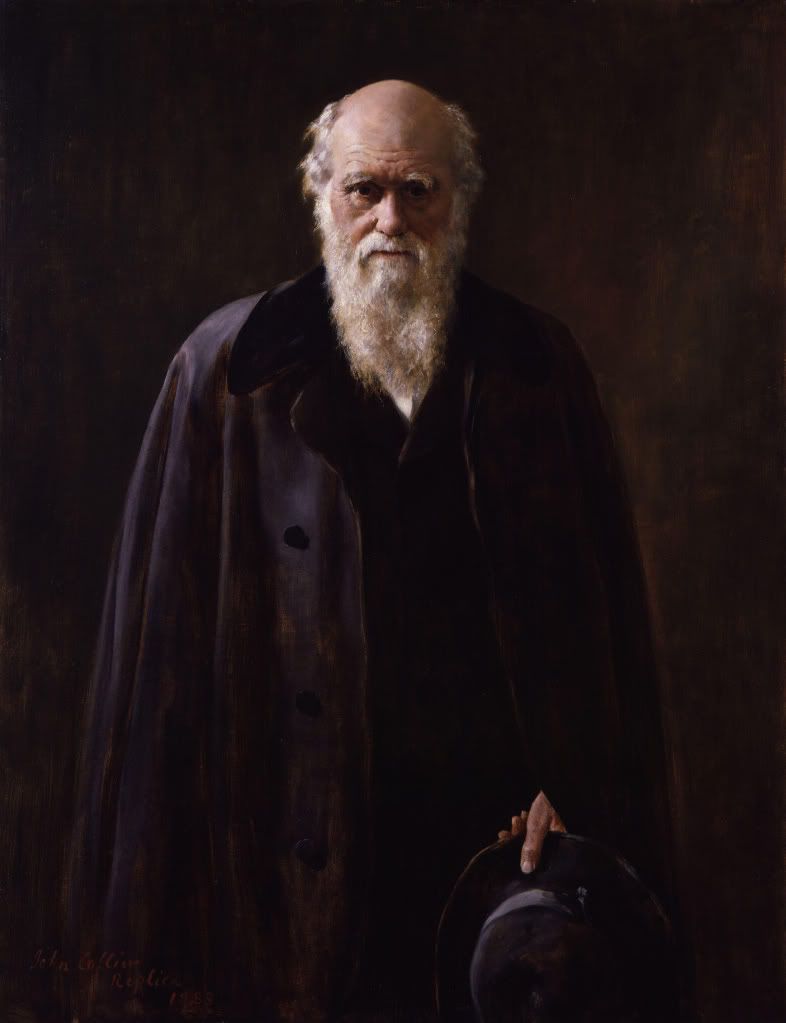
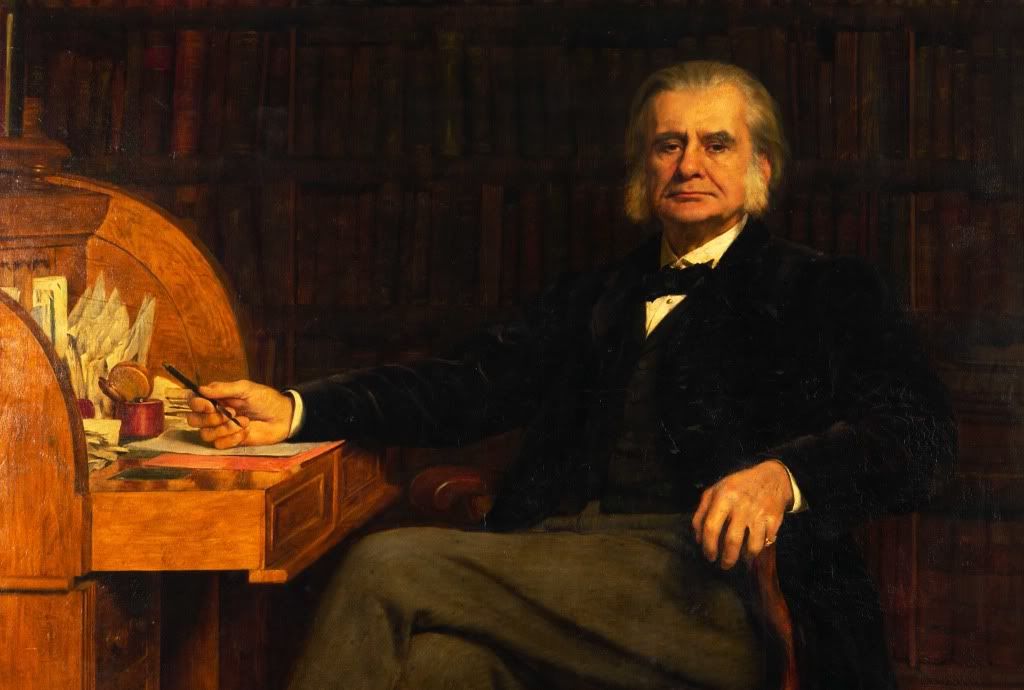
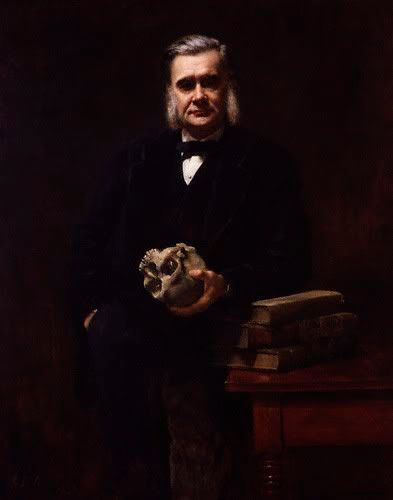
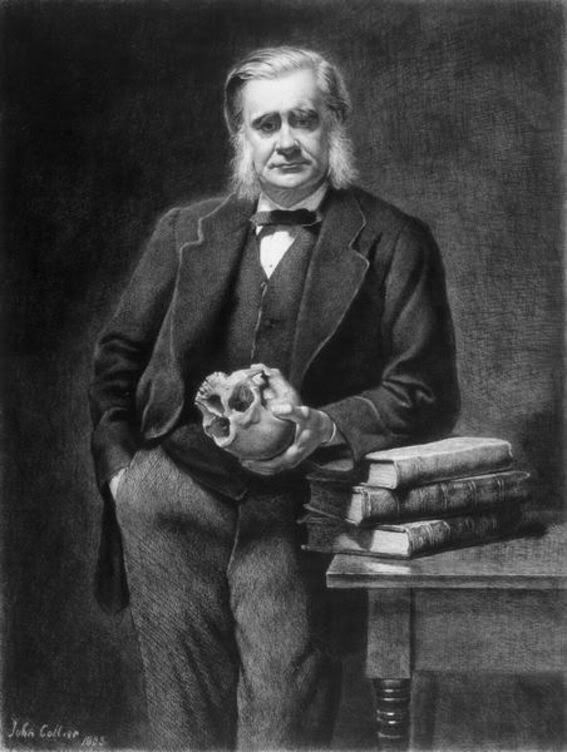
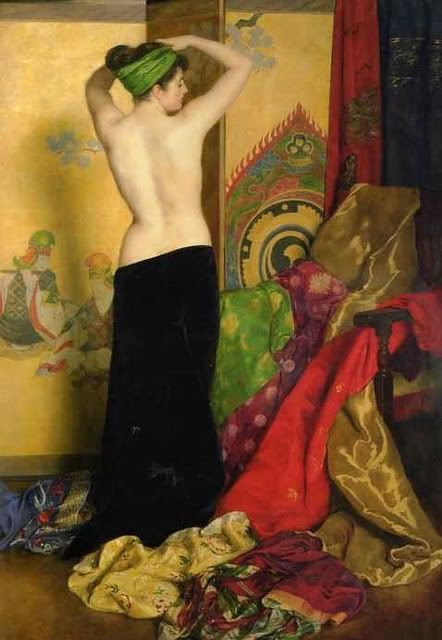
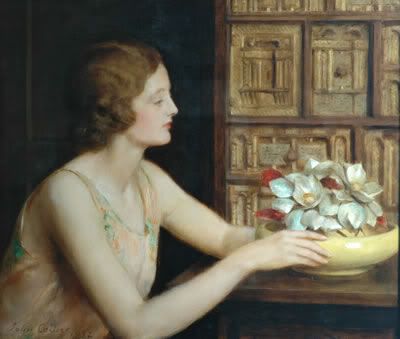
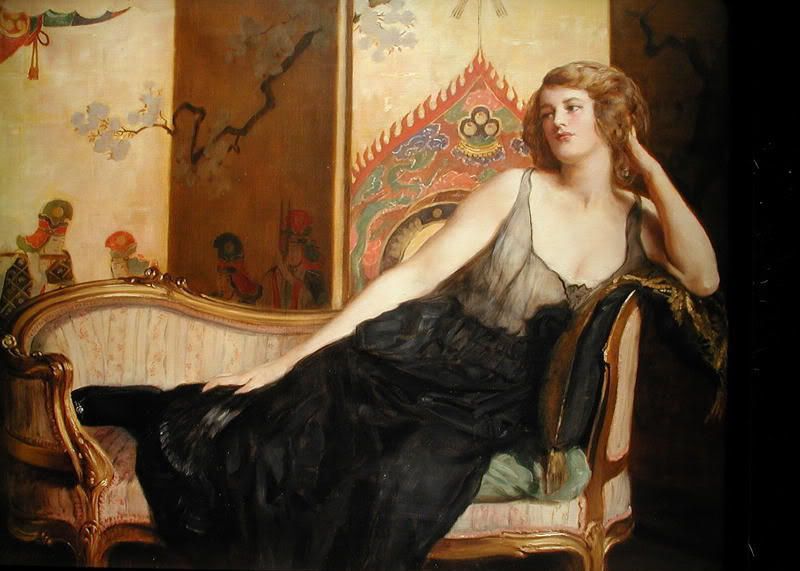
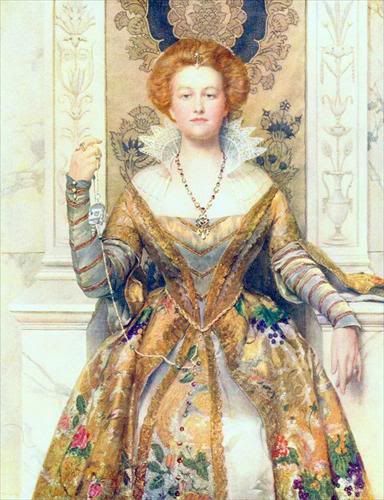
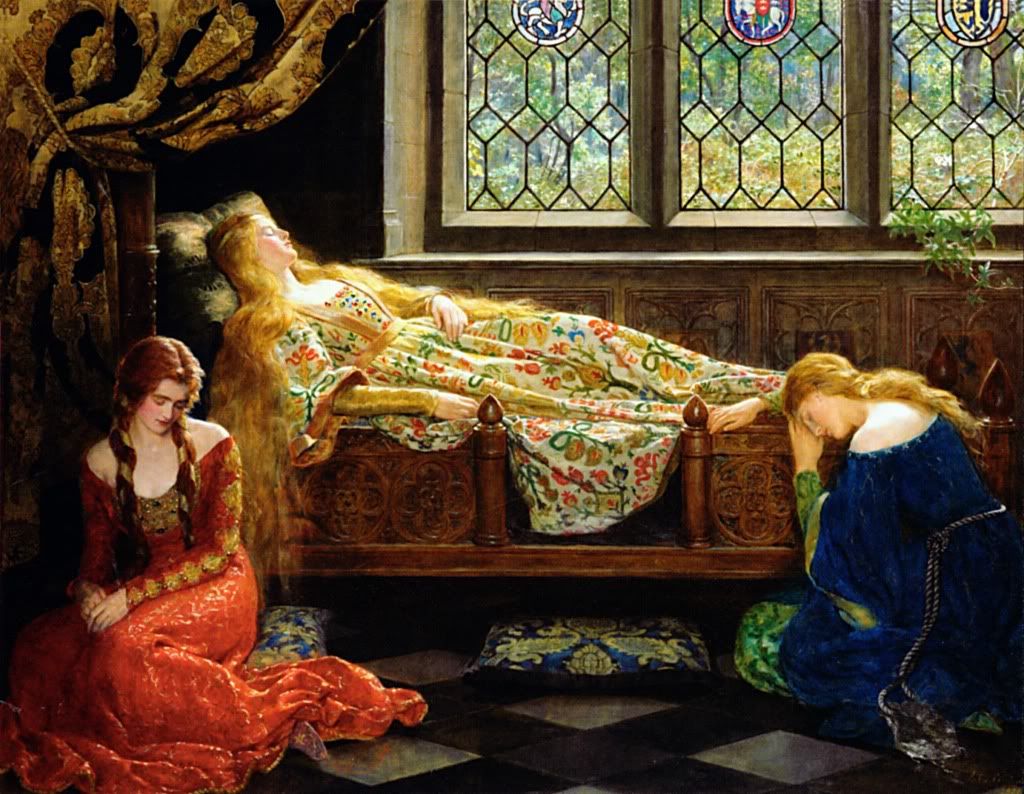
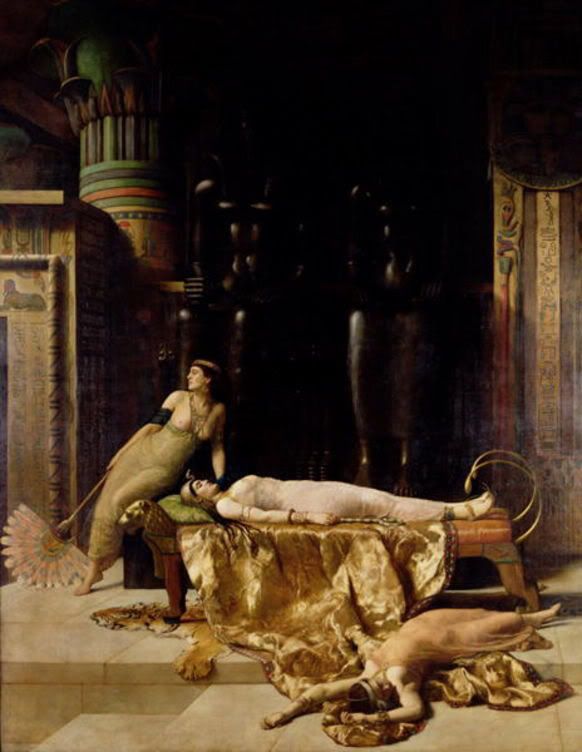
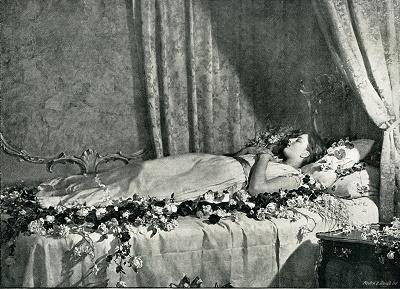
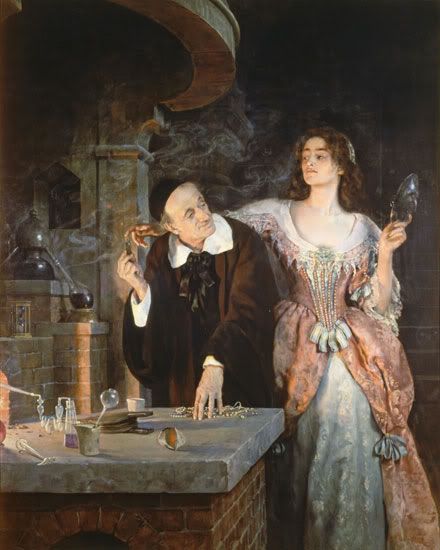

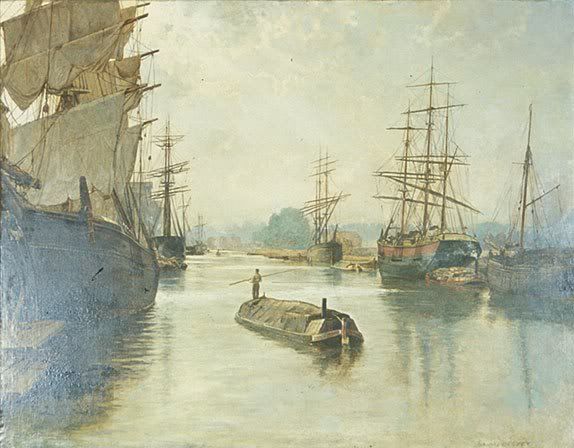


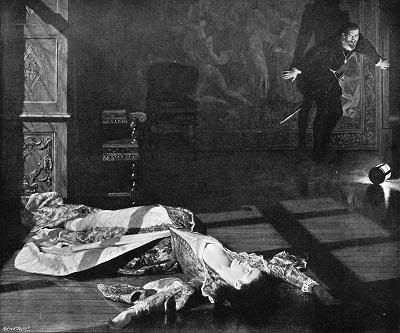

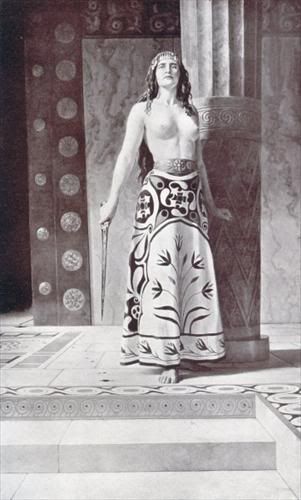
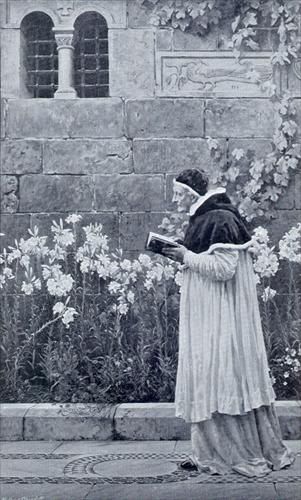
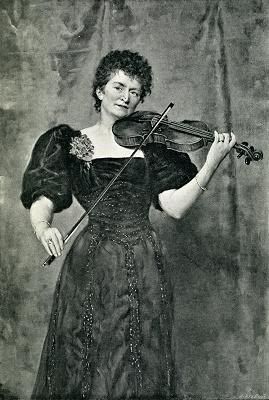
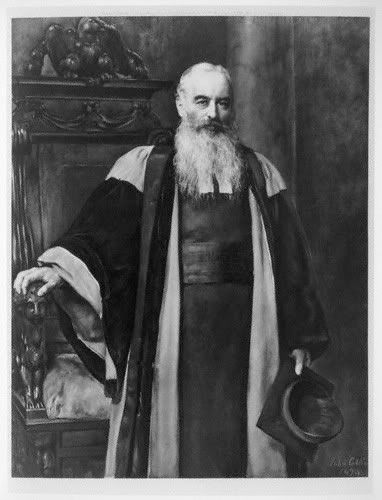


No hay comentarios.:
Publicar un comentario